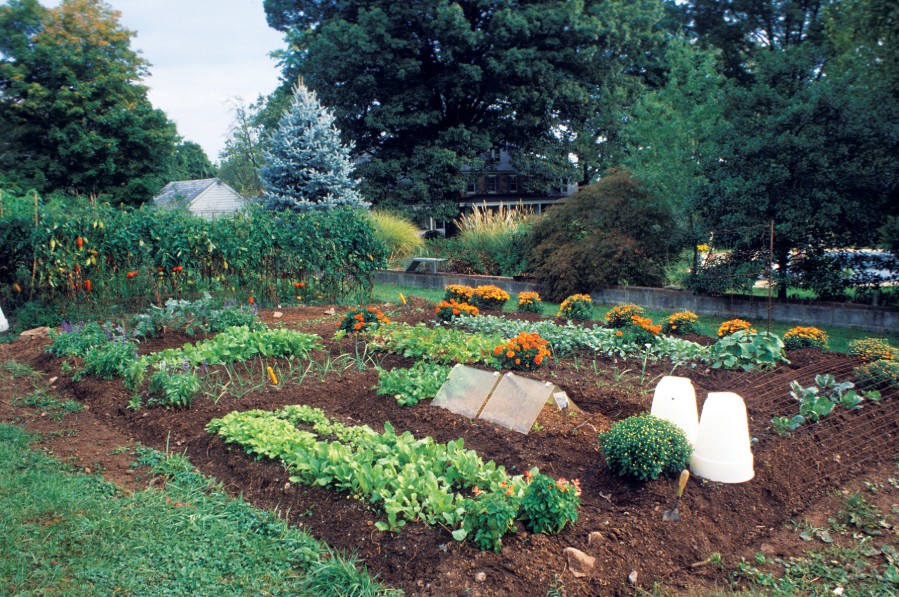
How to Choose the Right Topsoil for Your Connecticut Garden
Creating a thriving garden in Connecticut starts with one essential element: topsoil. The right topsoil provides the nutrients, structure, and moisture retention your plants need to grow strong and healthy. However, not all topsoil is created equal, and selecting the best type for your garden can make all the difference.
In this guide, we’ll explore how to choose the perfect topsoil for your Connecticut garden, considering factors like soil composition, pH levels, organic matter, and local climate conditions.
Why Topsoil Matters for Your Garden
Topsoil is the uppermost layer of soil, typically the top 2 to 8 inches, where most plant roots grow. It contains organic matter, microorganisms, and essential nutrients that support plant growth. In Connecticut, where soil conditions can vary from sandy coastal areas to dense clay inland, choosing the right topsoil is crucial for:
- Nutrient supply– Plants rely on topsoil for nitrogen, phosphorus, and potassium.
- Water retention– Good topsoil holds moisture without becoming waterlogged.
- Root development– Loose, well-aerated soil allows roots to spread easily.
- Disease prevention– High-quality topsoil reduces the risk of soil-borne diseases.
Factors to Consider When Choosing Topsoil
- Soil Composition
Connecticut soils vary widely, so understanding your existing soil type will help you select the right topsoil blend:
- Sandy Soil– Drains quickly but lacks nutrients. Look for topsoil with added compost to improve water retention.
- Clay Soil– Holds water but compacts easily. A loamy topsoil mixed with sand or organic matter improves drainage.
- Loamy Soil– Ideal for gardening. If you already have loam, a thin layer of nutrient-rich topsoil can enhance fertility.
- Organic Matter Content
High-quality topsoil should contain at least 5% organic matter, such as compost, peat moss, or aged manure. Organic matter:
- Improves soil structure
- Boosts microbial activity
- Enhances nutrient availability
Check the label or ask the supplier about the organic content before purchasing.
- pH Levels
Connecticut soils tend to be slightly acidic (pH 5.5–6.5), which suits many plants. However, some vegetables and flowers prefer neutral pH (6.5–7.0). Test your garden’s pH before buying topsoil, and choose an amended blend if needed.
- Texture and Drainage
Good topsoil should be crumbly and loose, not too sandy or sticky. Perform a simple test:
- Squeeze a handful of moist topsoil. If it forms a ball that crumbles easily, it’s well-balanced.
- If it stays compacted, it may have too much clay.
- If it falls apart immediately, it’s too sandy.
- Source and Quality
Not all topsoil sold in Connecticut is equal. Avoid cheap, unregulated products that may contain weeds, chemicals, or poor-quality fill dirt. Instead:
- Buy from reputable garden centers or landscape suppliers.
- Look for screened topsoil, which is free of debris.
- Ask if the topsoilis locally sourced—it’s more likely to suit Connecticut’s climate.
Best Types of Topsoil for Connecticut Gardens
- Premium Garden Blend
A mix of topsoil, compost, and sand, ideal for vegetable gardens and flower beds. Provides excellent drainage and fertility.
- Organic Topsoil
Enriched with compost or manure, perfect for organic gardening. Ensures slow-release nutrients for long-term plant health.
- Loamy Topsoil
A balanced blend of sand, silt, and clay, great for general landscaping and lawn establishment.
- Sandy Loam
Best for areas with drainage issues, such as raised beds or perennial gardens.
How to Apply Topsoil in Your Garden
- Test Your Soil– Use a home testing kit or send a sample to UConn’s Soil Testing Lab for analysis.
- Prepare the Area– Remove weeds, rocks, and debris. Loosen the existing soil with a tiller or garden fork.
- Add Topsoil– Spread a 2–6 inch layer evenly over the garden bed.
- Mix with Existing Soil– Blend the new topsoil with the native soil to prevent layering issues.
- Water Thoroughly– Helps settle the soil and activates microbial activity.
Where to Buy Topsoil in Connecticut
- Local Nurseries– Offer high-quality, screened topsoil.
- Landscape Supply Companies– Provide bulk topsoil for large projects.
- Compost Facilities– Some municipalities sell compost-enriched topsoil.
Final Tips
- Avoid Over-Applying– Too much topsoil can smother plants.
- Refresh Annually– Add a thin layer each spring to replenish nutrients.
- Mulch After Planting– Helps retain moisture and further enriches the soil.
By choosing the right topsoil for your Connecticut garden, you’ll create a strong foundation for lush lawns, vibrant flowers, and bountiful vegetables. Invest in quality topsoil today, and watch your garden thrive!
